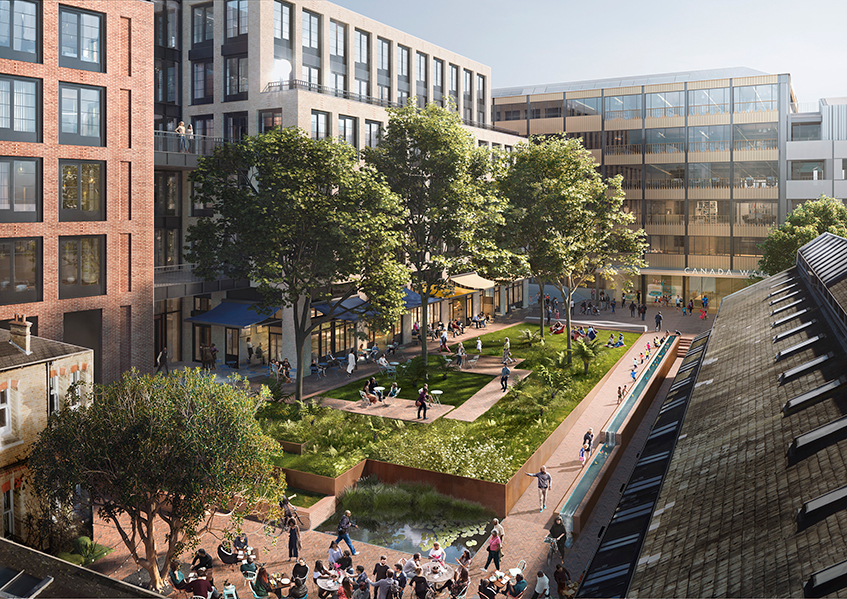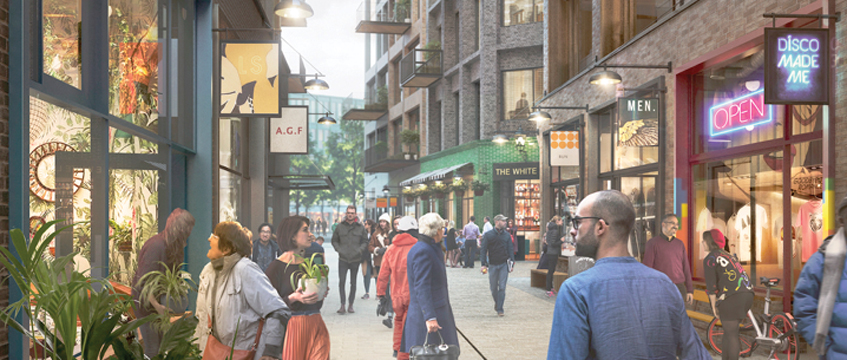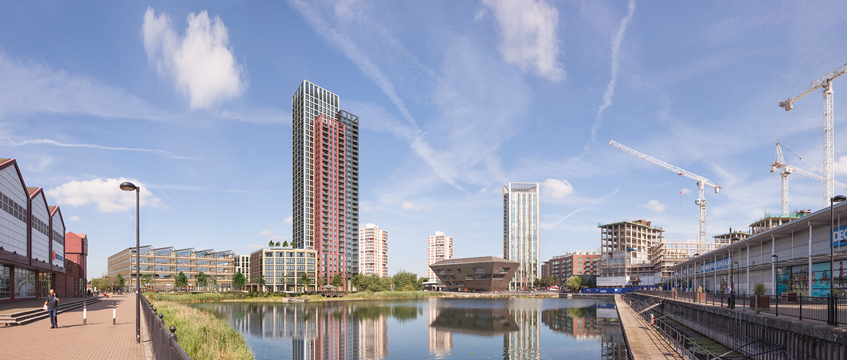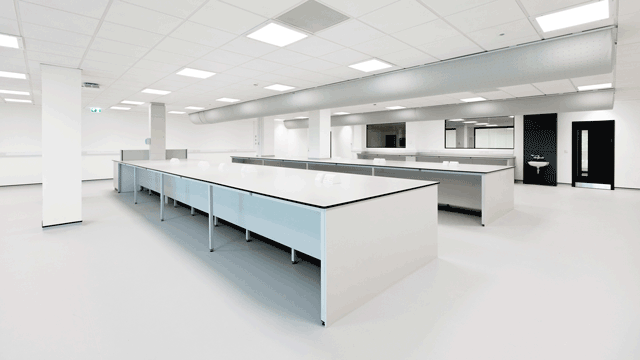British Land’s £3bn-plus plans for Canada Water, SE16, have been recommended for approval by Southwark’s director of planning – although lack of clarity remains over affordable housing provision.
The application for outline planning for the entire 53-acre site, and detailed planning for the £700m first phase, was submitted by the REIT in May 2018.
It comprises outline planning for more than 7m sq ft over a range of uses, while the first phase is slated to include 265 new homes across a variety of tenures, 20,645 sq ft of retail space, 409,975 sq ft of workspace and a new leisure centre, in buildings ranging up to 35 storeys.
It will go up in front of Southwark’s planning committee on 25 and 30 September.

Several changes to the scheme have been agreed between British Land and the council since the planning application was submitted, including an affordable housing commitment increased from 35% of phase one to 35% of the overall residential provision, which is a minimum of 2,000 new homes.
This follows the REIT securing £39.1m in grant funding to support the viability of the development, which consultants on behalf of the council and BL agreed could not support a 35% affordable housing offer given present day values. The grant funding is being provided by the Affordable Housing Grant from the Greater London Authority (£21.6m) and from the mayor of London’s £112m Strategic Investment Fund (£17.5m).
This is primarily due to high development costs, including approximately £1.7bn on construction of the buildings and in excess of £900m needing to be spent on other works such as delivering a new network of streets, as well as a new network of utilities infrastructure across the site and remediation of contaminated land, the planning director’s report said.
It added that, according to the financial viability appraisal, without the grant a 35% affordable scheme would generate a profit on gross development value of 8%, well beneath BL’s stated target of 16%, which would mean that it was “unlikely” BL would proceed with the scheme.

An FVA including the range of values and inputs that have been broadly agreed between the parties resulted in an affordable housing provision of approximately 11%, which the report said meant a 35% affordable housing offer across the scheme could be “comfortably described as beyond the maximum reasonable on a present day basis”.
However, the report added that the shortfall against the agreed profit level was still substantially higher than the value of the grant, and so a combination of improved values and/or lower costs would be required for the scheme to be viable.
Therefore the director of planning recommends in the report that there is flexibility on the housing mix to allow a greater proportion of studio flats across the development, and a lower proportion of three-bedroom family units on some of the most central zones, as well as a review mechanism limited to only the residential element of the scheme. This review could increase the affordable housing in the project up to 40% if the viability of the scheme improves sufficiently to support this.
Meanwhile, heights of some of the towers have also been reduced after concerns were raised, including from Historic England, which flagged the impact on a number of views towards Tower Bridge from London Bridge, with one of the taller buildings reduced by 24m and two others by 8m.
To send feedback, e-mail louise.dransfield@egi.co.uk or tweet @DransfieldL or @estatesgazette











